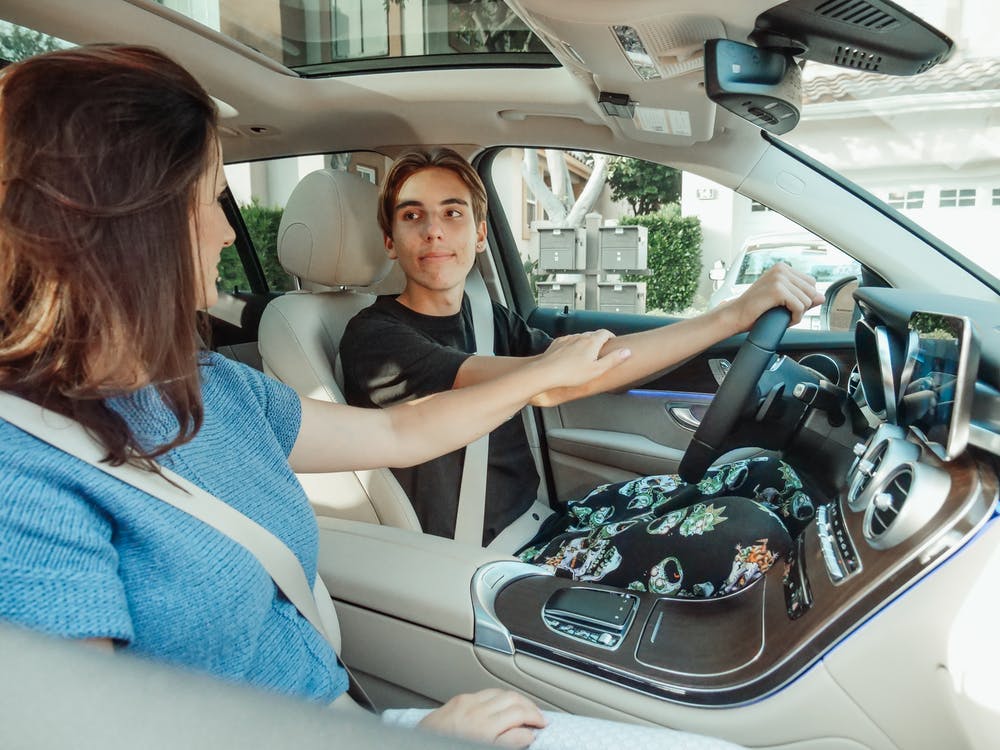Buying a student’s first car is a fascinating moment that comes with several risks and problems. What package and class to choose, and what type of engine and safety system the car should have. How to save money, as a student always has a limited budget – tuition, write my essay service and fashionable clothes. We will tell you about this in our article and help you make the right choice. We will tell you about this in our article and help you make the right choice.
What to look for when choosing a car
Personal transportation makes a person mobile. Before buying a car, it is necessary to determine the priorities of its use and the parameters of purchase. What car should a novice driver buy? The first car should be characterized by small size, ease of operation, and excellent maneuverability. Choose an all-wheel or front-wheel drive type to move easily in mud and snow, reducing the likelihood of skidding. It is important to have an auto-lock braking system, seat belts, and airbags. You can buy a used car, but you need to be prepared for breakdowns and frequent repairs, that is additional costs. Such a car can let a novice down at the most inopportune moment on the road.
Choose by vehicle class
The class of the car varies in size and comfort. The most popular, according to the unified European classification, are the following classes of cars:
- Class A (“Mini”) – these are economical, compact cars with a length of at least 4 m.
- Class B (“Small Cars”) – rather bulky and more comfortable cars 3.7 to 4.2 meters long.
- Class C (“Medium Cars”) are budget cars up to 4.5 meters long with a hatchback or sedan body type.
- Class D (“Large Cars”) – station wagons and sedans up to 4.6 m long in the medium price segment.
Basic parameters of a car for a beginner
There are imported and domestic cars for sale. Japanese, German, Czech, American, and South Korean variants are in demand. What car should I choose? The first car should be safe, maneuverable, easy to drive, and economical.
Pay attention to the following parameters when buying
- The size of the car. For the beginner is preferable a compact version, so it was easy to park and calculate the distance while driving. If you need a roomy trunk and spacious salon, you will have to get used to the oversized version.
- The engine volume. This indicator varies in the range of 1,3-5,0 liters. The larger the volume, the more powerful the car and the higher the fuel consumption.
- Type of engine. The gasoline engine is less demanding in maintenance. A diesel engine is more economical and reliable. There are gas-powered cars, which can reduce fuel costs by up to 35%, but the gas installation takes up space in the trunk.
- Type of transmission. There are automatic, manual, robotized, and variable (continuously variable) gearboxes. Common options are mechanics and automatics, but the latter is the most convenient. The manual transmission is one of the cheapest, but with the best economy. The automatic transmission is characterized by the maximum convenience of driving without causing accidents, as well as by the fact that it controls the revolutions and the temperature of the engine.
- Car body. There are SUVs, coupes, pickups, hatchbacks, station wagons, minivans, and sedans. The most popular are sedans because of the spacious interior and roomy trunk.
- Type of drive. All cars are divided into three types: all-wheel drive (power from the engine is transferred to all wheels of the car), front-wheel drive (torque is transferred to the front axle), and rear-wheel drive (torque goes to the rear axle). It is better for a beginner to give preference to a car with the front-wheel drive since they are practical, budget-friendly, and easy to use.
- Safety system. It is important to have 3 key components of any system: belts and airbags, and ABS (anti-blocking system).
- Additional details are parking sensors, which will help with parking. Blind-spot monitoring is important – active steering assistance that eliminates dangerous maneuvers and collision risks.
We hope our advice will be helpful to you.

